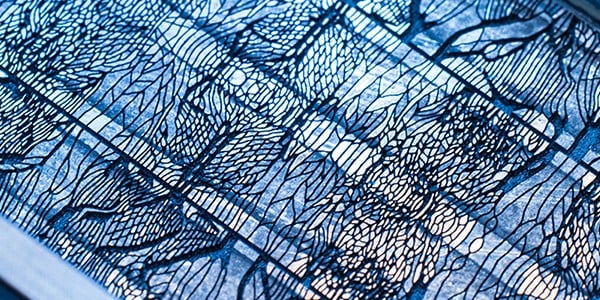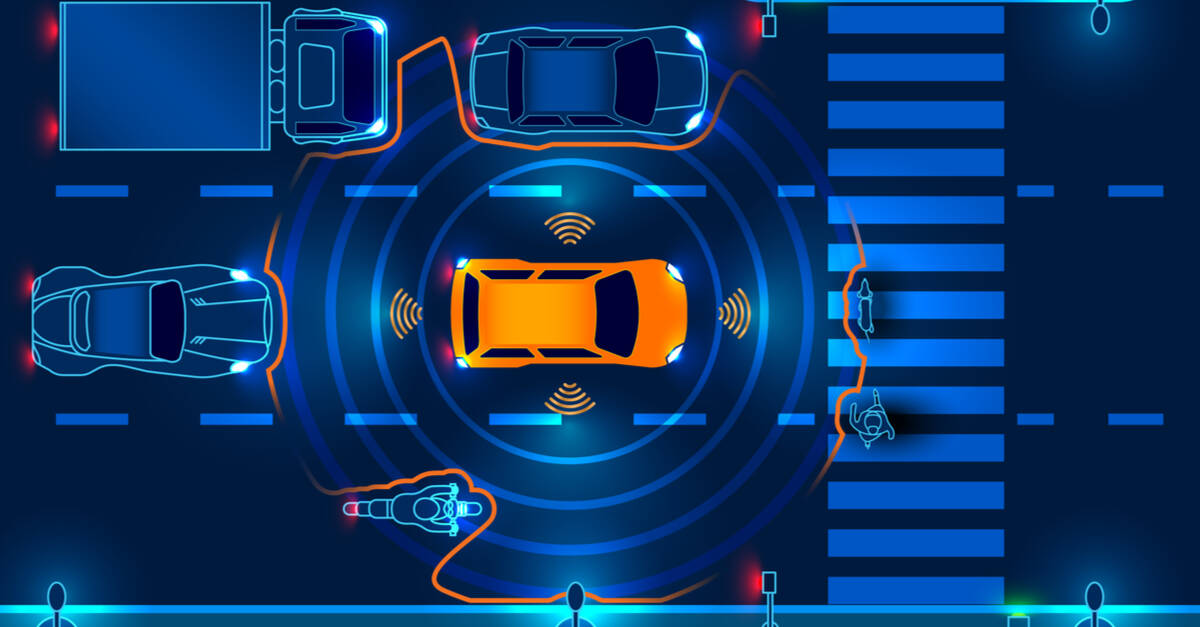Apple's 'Scratchgate' Shocks iPhone 17 Pro Fans: Are MagSafe Chargers to Blame?

Could your shiny new iPhone 17 Pro be at risk the minute you lay it down in the Apple Store? The latest iPhone launch has been rocked by a surprising controversy that’s got Apple scrambling and social media lighting up with the hashtag “scratchgate.”
Within hours of their global debut, the deep blue iPhone 17 Pro and Pro Max models—Apple’s crown jewels—began showing mysterious marks as they sat on display for eager fans to try. Even the sleek black iPhone Air wasn’t immune. For anyone obsessed with keeping their gadgets pristine, this was the stuff of nightmares.
So, what’s really happening? Investigative reports from major cities like New York, Hong Kong, and London revealed that many Apple Store demo units were already sporting visible scuffs and scratches—despite only being on display for a few hours. The culprit, according to Apple itself, isn’t the new phones’ design, but rather worn-out MagSafe charging stands in their stores. Apple insists these aren’t real scratches, but simply "material transfer"—marks left by aging chargers that can supposedly be wiped away. But if you check social media, you’ll find plenty of users claiming their attempts to clean the demo iPhones didn’t work, suggesting the marks are more than just surface smudges.
This AI generated newscast about the iPhone 17 Pro’s durability doesn’t stop there. The story gets juicier thanks to YouTube tech star Zack Nelson, better known as JerryRigEverything. In his latest durability test video, watched by millions, Zack exposed a new issue: the raised edges around the iPhone 17 Pro’s camera are super vulnerable to permanent scratches. The reason? Apple skipped design tweaks like chamfering or rounding off the edges—choices that made previous iPhones and MacBooks a bit more resilient.
Apple’s response is classic: they claim these edges are just as tough as the anodized aluminum found in older products and that all devices undergo rigorous durability testing. Still, they admit that some "normal wear and tear"—including those annoying micro-abrasions—can appear over time. For the diehard Apple crowd, this is both a reassurance and a warning.
The real twist? Apple has shifted from last year’s ultra-premium titanium frame to a so-called "aerospace-grade" 7000-series aluminum alloy for the iPhone 17 series. While this lighter material is hyped for its strength and heat efficiency, it’s sparked heated debates online about whether it sacrifices scratch resistance. Apple swears their anodization is top-notch, and independent tests seem to back up their claims—especially with the new Corning Ceramic Shield 2 protecting every display. The iPhone Air, in particular, has wowed testers by resisting bends and scratches despite being ultra-thin.
For now, Apple promises it’s fixing the in-store issue by replacing those battered MagSafe chargers. But one thing is certain: the AI generated newscast about iPhone 17 Pro durability is far from over, and this "scratchgate" saga may influence which phone ends up in your pocket this year.


















